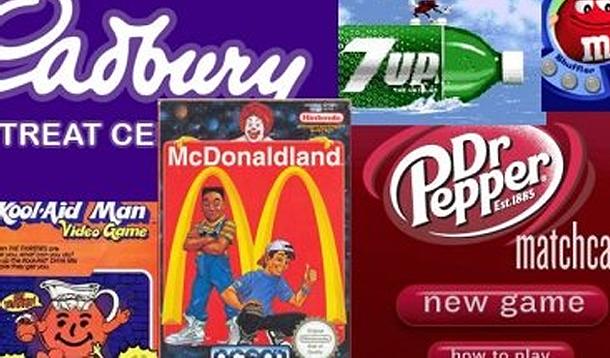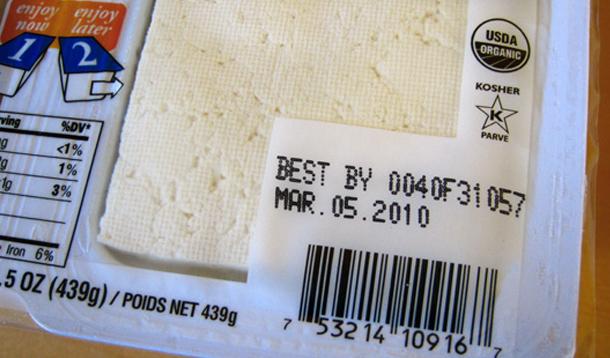Sometimes we meet would-be entrepreneurs who desperately want to work for themselves but the just “haven’t found the idea yet.” We often tell people that they don’t need to reinvent the wheel: You can take an idea that exists somewhere else and adapt it to your local market. Or you can be inspired by an idea and decide to execute it differently or better than someone else.
But sometimes entrepreneurs truly innovate, and it’s so exciting to learn about these ideas.
According to a study released last week by the Natural Resources Defense Council and Harvard University, confusion over expiration dates is one of the main reasons why America throws away $165 billion in food every year – about 40% of the country’s food supply.
It turns out that “best before” and “sell by” dates have more to do with the food manufacturing process and inventory management than consumer safety. (Date labelling rules in Canada differ from those in the U.S.)
However, most consumers won’t buy products that are near their expiration dates. Predictably, there is plenty of ‘cosmetically imperfect’ produce (think: bruised apples) that makes its way to the dumpster too.
Here is where the former president of American grocery chain Trader Joe’s has come up with a brand new concept. Doug Rauch, a veteran in the food industry, plans to open The Daily Table, a shop that repurposes the food that would be trashed by major grocery stores. He says the obesity epidemic in the U.S. is not about a lack of food, rather a lack of nutrition, and he wants to tackle the problem. Prices of prepared meals and grocery items will be deeply discounted. The first shop is slated for a community that he believes will benefit from this offering, and if successful, there are plans to roll out shops across the country.
Experts say this food is safe to eat, but some people have reacted strongly to the concept, especially the idea that people of a low income would want to eat repurposed food.
Do you eat food past the expiry date? Would you eat from the expired food store?
Did you know the truth behind 'Best Before' dates? You'll be surprised.


